Acne affects many people, causing both physical and emotional discomfort. The treatment strategy includes topical and oral medications, each suited for different acne types and severities. Topical treatments, such as gels, creams, and lotions, are often used for mild cases.
hey contain active ingredients that help reduce inflammation, kill bacteria, and slow down the production of skin cells. For more severe acne, oral medications are used to address deeper issues, like hormonal imbalances or infections.
We will share some important details about common medication for acne in the following sections.
Topical Treatments for Acne
1. Benzoyl Peroxide
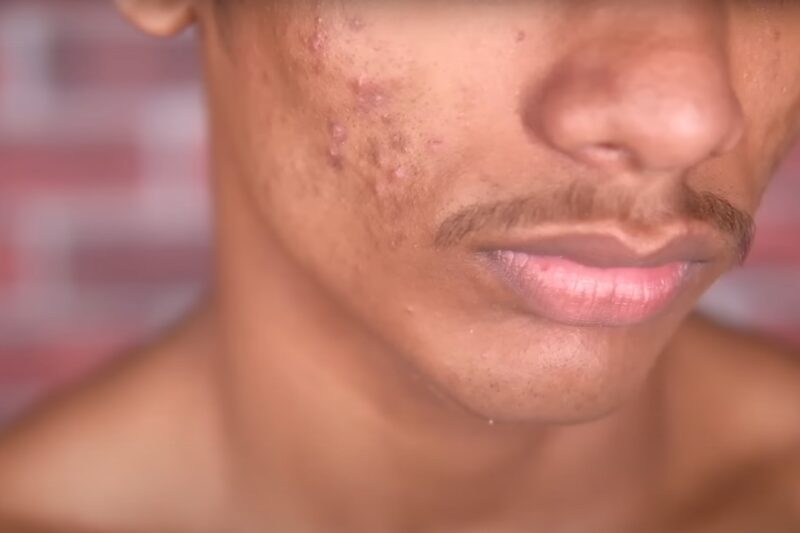
For effective use, it’s important to start with clean skin. Gently washing the face with a mild cleanser removes impurities and excess oil, preparing the skin for treatment. After drying the skin, a thin layer of benzoyl peroxide should be applied to the affected areas. Initially, it’s advisable to use the medication once a day, gradually increasing to twice daily if tolerated well.
Choosing a proper facial cleanser with this ingredient is especially important if you have oily skin.
Starting treatment with a lower concentration minimizes the risk of irritation, allowing the skin to adapt to the medication. Adjustments in frequency and concentration should be made based on the skin’s response and under the guidance of a healthcare provider.
Main Benefits
The efficacy of benzoyl peroxide in combating acne is well-documented. Its ability to rapidly reduce inflammation provides quick relief from the discomfort associated with acne. Moreover, by targeting and eliminating the bacteria responsible for acne, it helps prevent future breakouts, contributing to long-term skin health. Its availability in various formulations ensures that there is an option suitable for nearly every skin type and preference, enhancing its accessibility and ease of use.
Potential Downsides
Despite its benefits, benzoyl peroxide may cause side effects, particularly during the initial stages of use. Users often report experiencing dryness, redness, and peeling as their skin adjusts to the treatment.
Additionally, its bleaching properties mean that it can lighten hair and fabrics, necessitating careful application and handling to avoid damage to clothes or towels.
2. Salicylic Acid
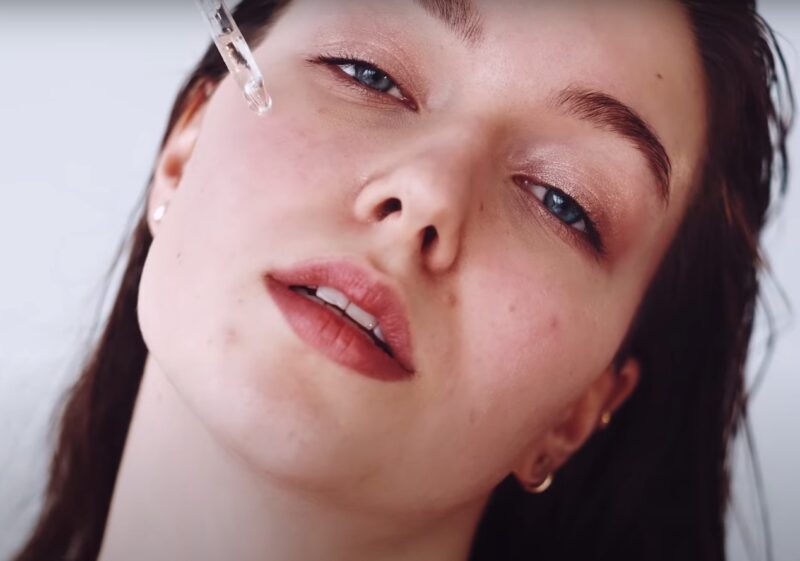
Salicylic acid is a key player in the fight against acne, known for its ability to penetrate pores and clear out clogs. This beta hydroxy acid works by dissolving the type of skin debris that clogs pores and causes acne, making it especially effective for blackheads and whiteheads. Its exfoliating properties also help to promote a smoother, more even skin texture over time.
After cleansing the skin, apply a product containing salicylic acid directly to the areas prone to breakouts. It’s typically used once or twice daily, depending on the product’s strength and your skin’s tolerance.
As with any acne treatment, it’s crucial to observe how your skin responds and adjust usage accordingly, possibly in consultation with a skincare professional.
Main Benefits
Salicylic acid offers several benefits for acne-prone skin. Its primary advantage lies in its ability to deeply cleanse pores, reducing the occurrence of pimples and blackheads.
This deep-cleansing action helps in preventing future outbreaks by keeping pores clear of the debris that contributes to acne formation. Furthermore, its exfoliating effect aids in the removal of dead skin cells, enhancing skin texture and appearance. Regular use can lead to noticeably clearer and healthier-looking skin.
Potential Downsides
While salicylic acid is generally safe for most skin types, it can cause side effects in some individuals. The most common issues include dryness, irritation, and peeling, particularly when first starting the treatment or using higher concentrations. To minimize these effects, it’s advisable to begin with a lower concentration and gradually increase as needed.
Additionally, because salicylic acid can make the skin more sensitive to sunlight, applying sunscreen during the day is essential for protecting the skin from UV damage. That is the only way to ensure the proper amount of daily sunlight as well as gaining benefits from this product.
3. Retinoids
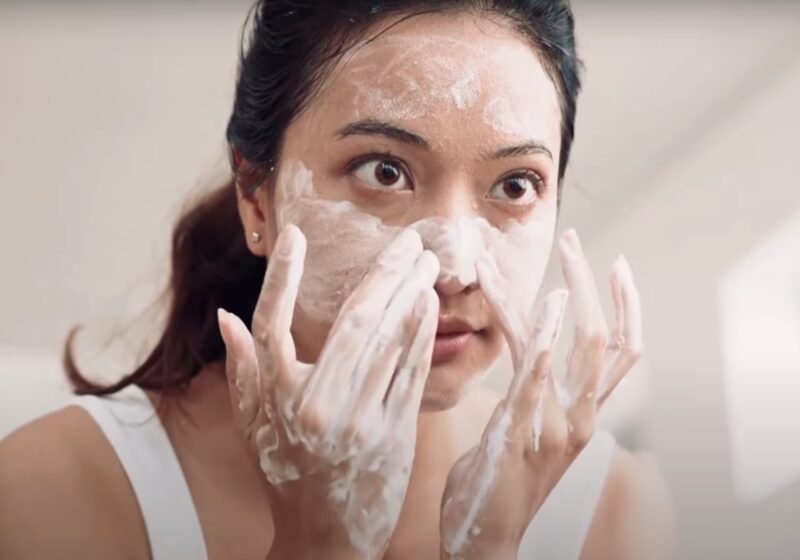
Initiate treatment with retinoids by applying a small, pea-sized amount to clean, dry skin at night. It’s vital to start slowly, perhaps with application every other night, to allow the skin to adjust. Monitoring the skin’s response is key; if irritation occurs, frequency should be reduced. Consistent use over time, as directed by a healthcare provider, maximizes effectiveness while minimizing potential irritation.
Main Benefits
The benefits of retinoids extend beyond mere acne treatment. They stimulate cell renewal, which helps clear acne and makes skin appear more youthful and vibrant. This increased cell turnover can also fade acne scars and dark spots, leading to a more even skin tone. Retinoids’ ability to regulate oil production further contributes to their acne-fighting capabilities.
Madeleine Burr states that retinoids can lower the risks of getting Hyperpigmentation, Liver spots, Sallowness, and Wrinkling
Potential Downsides
The initial use of retinoids may lead to side effects such as dryness, redness, and peeling, commonly referred to as the “retinization” process. This period is temporary and usually subsides as the skin becomes accustomed to the treatment. Sun sensitivity is increased with retinoid use, making daily sunscreen application essential. It’s also crucial for pregnant or breastfeeding women to avoid retinoids due to potential risks to the fetus or infant.
4. Antibiotics (Topical)

Topical antibiotics play a crucial role in acne management by targeting the bacteria that contribute to acne formation. They are often used in conjunction with other acne treatments to enhance overall effectiveness and reduce inflammation.
Applying topical antibiotics should be part of a daily skincare routine, typically after cleansing. A thin layer applied to the affected area helps combat bacteria and reduce inflammation.
Following the specific directions of a healthcare provider ensures the best outcome, as overuse can lead to antibiotic resistance, diminishing the treatment’s effectiveness over time.
Main Benefits
The primary advantage of topical antibiotics is their ability to quickly reduce skin inflammation and fight off acne-causing bacteria. When combined with other acne treatments, such as benzoyl peroxide, the efficacy in combating acne is significantly increased, often leading to a quicker resolution of outbreaks.
Potential Downsides
One of the main concerns with topical antibiotics is the potential development of antibiotic resistance, which can make bacteria more difficult to treat over time. To mitigate this risk, topical antibiotics are frequently prescribed in combination with other acne treatments.
Additionally, some individuals may experience skin irritation, including dryness and redness, particularly at the beginning of treatment.
5. Azelaic Acid
Suitable for all skin types, it effectively targets the bacteria responsible for acne, helps reduce inflammation, and can fade post-acne marks and hyperpigmentation, promoting a more even skin tone.
Start by applying azelaic acid to clean, dry skin once or twice daily, or as directed by a healthcare professional. Since it’s well-tolerated by most, it can be a part of both morning and evening skincare routines. However, it’s important to observe how your skin reacts and adjust usage accordingly.
Main Benefits
Azelaic acid not only fights acne-causing bacteria but also reduces inflammation and helps to lighten pigmentation spots left by acne, making it a comprehensive treatment option. It’s particularly beneficial for those with sensitive skin or rosacea, offering an effective solution without harsh side effects.
Potential Downsides
While generally mild, some users may experience slight skin irritation, such as tingling, itching, or redness when they begin using azelaic acid. These symptoms typically diminish as the skin adjusts to the treatment. Given its gentle nature, azelaic acid is a favorable option for long-term use in managing acne and skin texture.
6. Dapsone
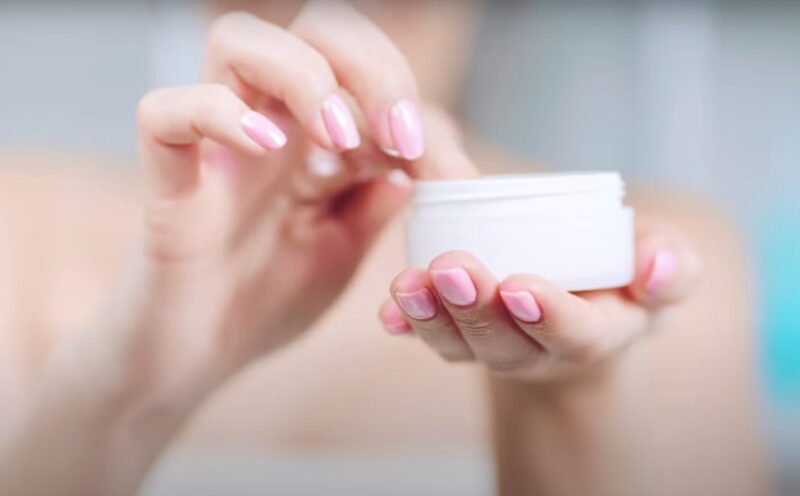
Dapsone targets both the inflammation and the bacteria associated with acne, making it a dual-action treatment option for those struggling with persistent breakouts.
Dapsone gel is typically applied to the affected areas of clean, dry skin once or twice daily, based on the advice of a healthcare provider. It’s crucial to use it consistently as part of your skincare regimen to see significant improvements in your acne.
Main Benefits
The dual-action of dapsone significantly reduces inflammation and fights the bacteria that cause acne. Its unique properties make it an effective addition to acne treatment plans, especially for those with sensitive skin types or who haven’t responded well to other treatments.
Potential Downsides
While dapsone is well-tolerated by many, some individuals may experience dryness, redness, or peeling at the application site. Additionally, it’s important to note that dapsone can cause an unusual side effect in individuals with glucose-6-phosphate dehydrogenase (G6PD) deficiency, a condition that should be screened for by a healthcare provider before starting treatment.
7. Tea Tree Oil
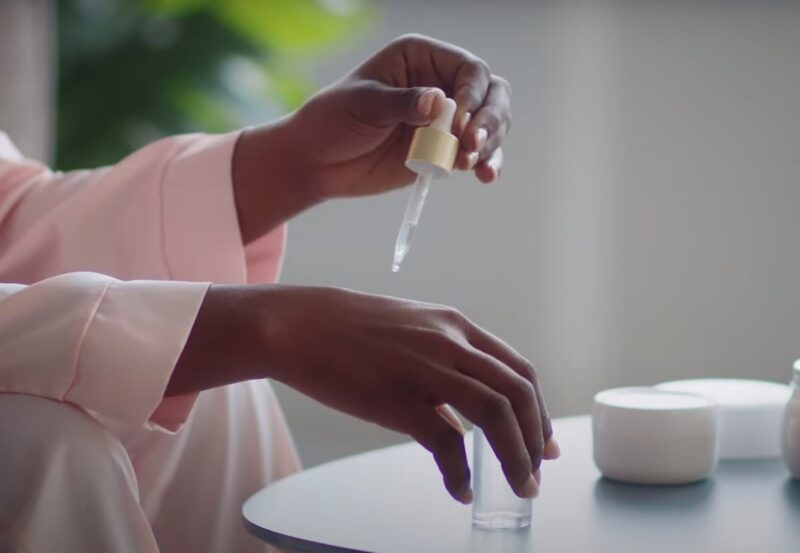
Extracted from the leaves of Melaleuca alternifolia, tea tree oil has garnered attention for its natural antibacterial and anti-inflammatory properties. This essential oil is increasingly popular in the management of mild to moderate acne, offering an alternative for those seeking treatments derived from natural sources.
Dilution is key when applying tea tree oil due to its potency. Mixing a few drops with a carrier oil, such as coconut or almond oil, minimizes the risk of irritation. Application should be targeted to acne spots using a cotton swab or pad, ideally once or twice a day after cleansing the skin.
Main Benefits
The primary advantage of tea tree oil lies in its ability to combat acne-causing bacteria and reduce skin inflammation, which can help in preventing new acne lesions and diminishing existing ones. Its natural origin also makes it appealing to individuals looking for treatments without synthetic chemicals.
It is also a great solution for whiteheads.
Potential Downsides
While tea tree oil is generally safe for topical use, it can cause skin irritation or allergic reactions in some individuals. Testing on a small skin area before full application is recommended. Additionally, its effectiveness may be slower compared to traditional acne treatments, requiring patience and consistent use for best results.
Oral Treatments for Acne
8. Isotretinoin
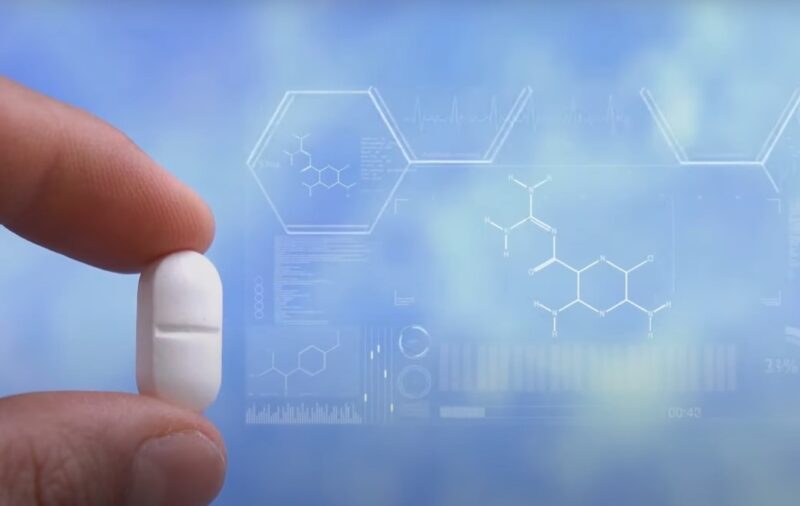
Known for its powerful effects in treating severe acne, isotretinoin is a form of vitamin A that drastically reduces sebum production, preventing clogged pores and decreasing the bacteria on the skin. It’s often prescribed when other treatments have not been successful, targeting the root causes of severe acne.
Isotretinoin is taken orally, usually twice a day with meals to enhance absorption. The course typically lasts 4-6 months, depending on the individual’s response to the medication and the guidance of a healthcare professional. Due to its potent nature, isotretinoin treatment requires enrollment in a special program and monthly follow-ups to monitor side effects and progress.
Main Benefits
The strength of isotretinoin lies in its capacity to offer long-term remission from acne, with many users experiencing clear skin for years after completing their course. By significantly reducing oil gland size and sebum production, it tackles one of the primary factors contributing to acne, offering a solution for those with severe, persistent cases.
Potential Downsides
Isotretinoin’s effectiveness comes with a risk of significant side effects, including dry skin, lips, and eyes, potential mood changes, and a high risk of birth defects if taken during pregnancy.
Therefore, strict adherence to contraceptive measures is mandatory for sexually active women of childbearing age. Regular blood tests are also required to monitor liver function and lipid levels during treatment.
9. Oral Antibiotics

Oral antibiotics target acne from within by reducing the bacteria and inflammation that contribute to the condition. They are typically used for moderate to severe acne and are often prescribed in combination with topical treatments to enhance efficacy.
Taken orally, these antibiotics are usually prescribed for a short duration to prevent antibiotic resistance, often ranging from a few weeks to several months. The exact duration and dosage depend on the individual’s specific situation and the healthcare provider’s recommendations.
Main Benefits
Oral antibiotics can quickly reduce inflammation and the number of bacteria causing acne, leading to significant improvements in skin condition. They are particularly effective against inflammatory acne types, helping to reduce the occurrence of pimples and pustules.
Potential Downsides
The prolonged use of oral antibiotics can lead to antibiotic resistance, making them less effective over time. Additionally, some individuals may experience side effects such as stomach upset, dizziness, or increased sensitivity to the sun.
It’s crucial to use these medications under the close supervision of a healthcare provider to minimize risks and ensure the best possible outcome.
10. Hormonal Therapies
Adjusting hormonal imbalances is crucial for some individuals battling acne, particularly when it’s linked to fluctuations in hormonal levels. Medications such as oral contraceptives and spironolactone are employed to stabilize these imbalances, offering a targeted approach to acne treatment.
Daily intake of oral contraceptives provides consistent hormone levels, while spironolactone is taken as advised by a healthcare provider, with dosages tailored over time. It’s essential to follow medical guidance closely to ensure effectiveness and monitor for side effects.
Main Benefits
By regulating hormones that contribute to oil production, these therapies can significantly reduce acne outbreaks, particularly in women. Beyond acne relief, they may also regulate menstrual cycles and alleviate related discomfort.
Potential Downsides
Consideration of potential side effects is important, as oral contraceptives might raise the risk of blood clots and spironolactone could affect potassium levels. A healthcare provider can help weigh the benefits against the risks, ensuring safe and effective treatment.
11. Zinc Supplements
Seen as a supportive treatment for acne, zinc plays a role in reducing inflammation and supporting immune function. Its benefits extend to influencing oil production and aiding in skin healing, making it a supplementary option for acne management.
Consultation with a doctor is advisable before starting zinc supplements to determine the appropriate dosage. It’s important to integrate zinc into a broader acne treatment plan for optimal results.
Main Benefits
Zinc may help diminish the severity of acne through its anti-inflammatory effects and by potentially curbing oil production. Its role in skin repair also supports the healing of acne lesions.
Potential Downsides
Taking zinc in high doses or for extended periods can lead to adverse effects, including digestive issues and mineral imbalances. Professional guidance ensures the benefits of zinc supplementation are achieved without compromising overall health.
FAQs
Is CeraVe good for acne?
CeraVe is a brand of skin care products that are designed to be gentle and non-comedogenic, meaning they won’t clog pores. CeraVe products may help with acne by moisturizing the skin, reducing inflammation, and clearing excess oil and bacteria. It also has a quite long shelf life.
Does Omega 3 help with acne?
Omega 3 is a type of fatty acid that has anti-inflammatory and antibacterial effects. Omega 3 may help with acne by reducing the swelling, redness, and pain of pimples, as well as preventing new breakouts from forming.
Can magnesium help acne?
Magnesium is a mineral that plays a role in many bodily functions, including hormone regulation, inflammation, and skin health. Magnesium may help with acne by balancing hormone levels, reducing stress, and improving skin hydration and barrier function.
Does vitamin C help acne?
Vitamin C is a vitamin that acts as an antioxidant and supports collagen production. Vitamin C may help with acne by protecting the skin from free radical damage, reducing hyperpigmentation and scarring, and promoting wound healing.
Does hyaluronic acid help acne?
Hyaluronic acid is a substance that helps the skin retain moisture and elasticity. Hyaluronic acid may help with acne by hydrating the skin, improving skin texture and appearance, and controlling sebum production.
Summary
To find the right acne treatment, patience and a readiness to try different options are important. Seeing a doctor for advice and sticking to a treatment plan are key. This process helps in achieving clearer skin. It’s about getting the right help and doing your part consistently. Clearer, healthier skin comes from this mix of expert advice and personal effort.

